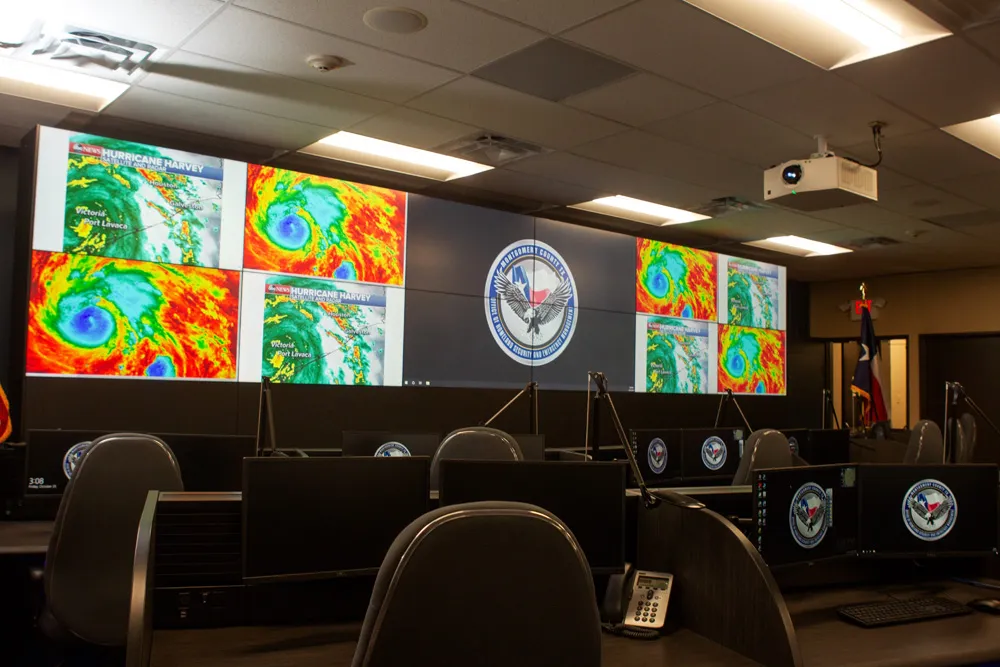US driver Joshua Neally made it to safely to hospital by putting his Tesla Model X into Autopilot mode when he suffered what was later diagnosed as a pulmonary embolism.
The lawyer was travelling home in growing rush-hour traffic when he began to suffer severe pain in his chest and stomach. Instead of calling an ambulance he used the car’s self-drive mode to negotiate the 20 miles to the nearest hospital. He told Slate that he manually steered it into the parking lot and checked himself into the emergenc
August 10, 2016
Read time: 1 min
US driver Joshua Neally made it to safely to hospital by putting his Tesla Model X into Autopilot mode when he suffered what was later diagnosed as a pulmonary embolism.
The lawyer was travelling home in growing rush-hour traffic when he began to suffer severe pain in his chest and stomach. Instead of calling an ambulance he used the car’s self-drive mode to negotiate the 20 miles to the nearest hospital. He told Slate that he manually steered it into the parking lot and checked himself into the emergency room, where he was promptly treated.
Tesla’s Autopilot is under scrutiny after the driver of a Tesla crashed into a truck in Florida while using the feature. The crash is still under investigation.
The lawyer was travelling home in growing rush-hour traffic when he began to suffer severe pain in his chest and stomach. Instead of calling an ambulance he used the car’s self-drive mode to negotiate the 20 miles to the nearest hospital. He told Slate that he manually steered it into the parking lot and checked himself into the emergency room, where he was promptly treated.
Tesla’s Autopilot is under scrutiny after the driver of a Tesla crashed into a truck in Florida while using the feature. The crash is still under investigation.










